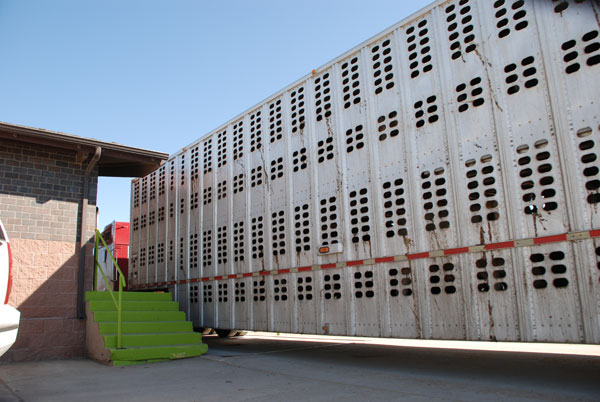It’s not always smooth sailing on the cattle market winds
Cattle markets are increasingly like the wind. Sometimes they carry you along; sometimes they nearly knock you down.

Everyone is trying to decide if the spring high has been reached in the cattle market. But in actuality, we have moved beyond that question and already are trying to determine just how low we need to go this summer. On both questions, there is quite a divergence of opinion.
It isn’t simply because I’m not smart enough to figure out the answers that I’m not spending a lot of time trying to guess the spring market. Rather, it’s that I want to focus on the things I can positively impact when it comes to influencing my bottom line.
Like you, I have two goals—trying to sell everything at the market high and, if not, avoid selling anything at the absolute low. Risk management used to be the goal; the mantra here is you never go broke taking a profit, just avoid taking the big losses. But that, too, seems like an increasingly pointless exercise, at least when it comes to traditional thinking of timing the market and managing risk. When one faces more basis risk than price risk, it all becomes rather mute.
There is one thing that everyone agrees with, looking back at the markets of the last three years. The highs have been higher than they deserved to be and the lows have been lower than they should have been. So if you were right in timing the market or managing your risk, then you were by definition more lucky than good.
If I was to summarize what I’m hearing from cattlemen, it is the belief that the markets are increasingly like the wind. Sometimes they carry you along; sometimes they nearly knock you down. They can add a cool breeze to a hot summer day, or a raw bitterness to almost moderate temperatures.
We check the forecast and try to plan our work schedule accordingly, like we check the markets on a daily basis. Yet we don’t try to second guess the winds any more than we do the markets. The irony is that the wild gyrations of the markets have actually increased their importance to our bottom line performance, but they are no longer something we can predict with accuracy or use to influence outcomes.
Instead, people are focusing on what they can influence; their productivity, their marketing flexibility and the value they can capture, irrespective of the base price that may exist. The weather predictions help me to determine what I should wear, the market predictions shed a light on the level of risk I’m exposed to or the opportunities that might result.
The key to both is preparing for the possibility and minimizing the damage that might come from the severe episodes. It doesn’t really matter if the storm arrives or if it turns out to be beautiful, it is being prepared to deal with either when they materialize that’s important.
About the Author(s)
You May Also Like




.png?width=300&auto=webp&quality=80&disable=upscale)
